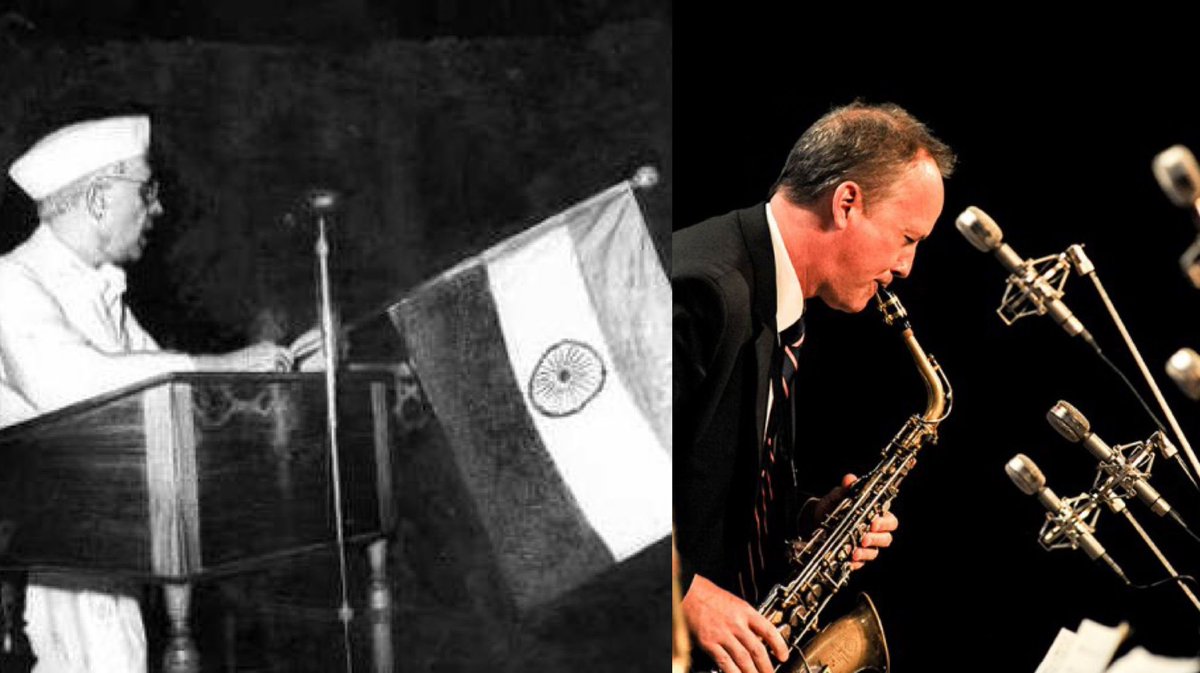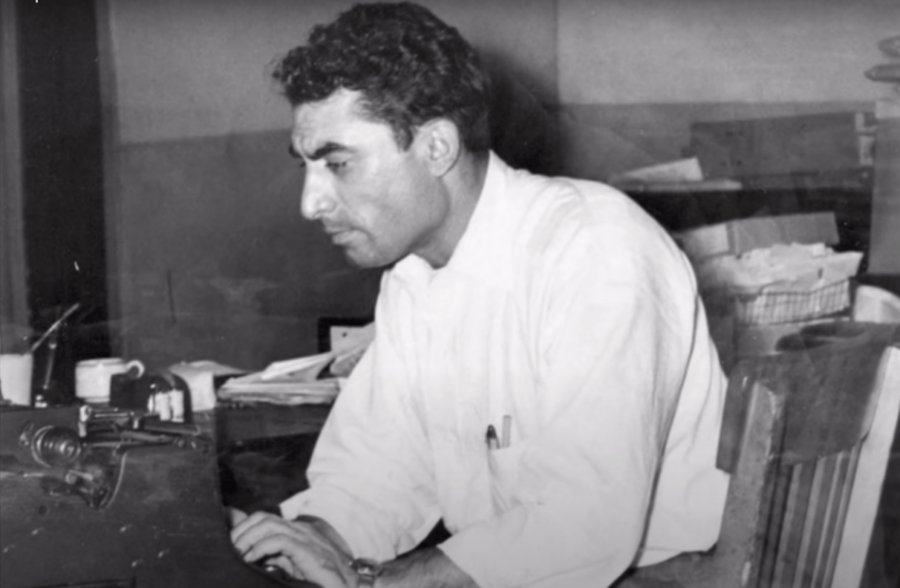
It was around 1973/74. Project Tiger, an organized effort to save India's big cat population was underway. The prime minister Indira Gandhi had arrived near Chikhaldhara of Maharashtra for inauguration of a tiger reserve (1/13) 

As she was waiting for the ceremony to begin, a local woman stepped up near her and drew her attention to an Adivasi (tribal) whose eyes had been mauled by a bear (2/13)
The woman told PM Gandhi that compensation is given to villagers if their cattle was killed by wild animals. By that logic shouldn't this man also be given a compensation. Gandhi immediately asked the state minister to ensure that it is done (3/13)
The name of the woman who had stepped up to the PM that day was Sindhutai Sapkal and this is her fascinating journey from depths to darkness to a beacon of hope (4/13)
Born in a cattle grazing family in Wardha of Maharashtra, Sindhu was dubbed "Chindhi", (a piece of torn cloth) as she was an unwanted child. At age of 12, she was married to man twenty years senior and was treated poorly by her husband (5/13)
At 20, after she had had 3 sons, a heavily pregnant Sindhu was thrashed by her husband on accusations of infidelity and thrown out of her home. Her mother also refused her accommodation. Bloodied & battered, she gave birth to a girl in a cow shed (6/13)
To survive, Sindhu started begging in platforms. For fear of her dignity, she often spend the nights in a cemetery - which led to her being dubbed a "ghost." In the late 60s, she landed up in Chikaldhara where she started begging in platforms (7/13)
Sindhu started adopting orphan children and begging more vigorously to provide for them as well. It was around this time that her fate intertwined with those of hapless local tribals who had been uprooted for the tiger reserve project (8/13)
Sindhu, by then known as Sindhutai, became the voice of the oppressed. She fought tooth & nail for the rights of the villagers and finally, rehabilitation was provided to residents of 84 tribal villages (9/13)
In 1970, with help from well-wishers, Sindhutai opened her first ashram for orphan children in Chikaldhara. Her love & affection for the children earned her the moniker of "Mai" (mother) (10/13) 

She even gave up her biological daughter for adoption to Shrimant Dagdu Sheth Halwai Trust, Pune to avoid any charges of favoritism towards her. It is estimated that Sindhutai has provided care to around 1500 orphan children (11/13)
She has a grand family of 382 sons-in-law, 49 daughters-in-law, and over a thousand grandchildren. Many of the children cared for by her including her own daughter have gone on to establishes orphanages for unfortunate children (12/13)
Sindhutai Sapkal has been honored with more than 270 awards from national & international institutions. This year, she has been awarded the Padma Shri by the GoI. She was born #OTD 1948 - quite aptly on the day celebrated as #childrensday (13/13) 

Images from: India Today, NDTV & President's Secretariat, Govt. of India
• • •
Missing some Tweet in this thread? You can try to
force a refresh









